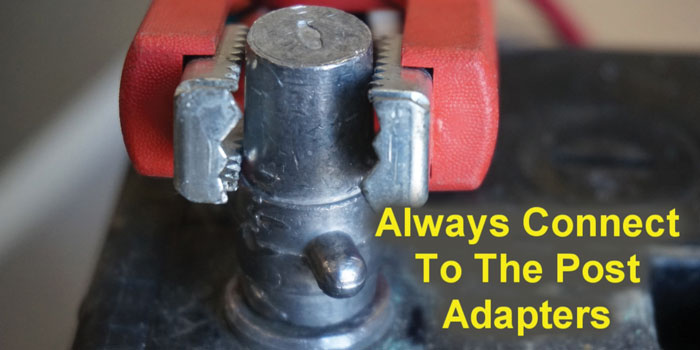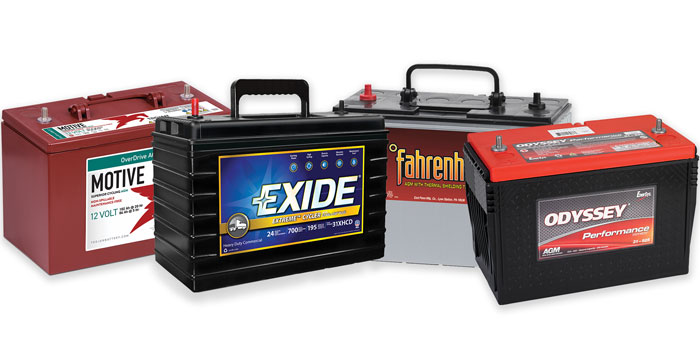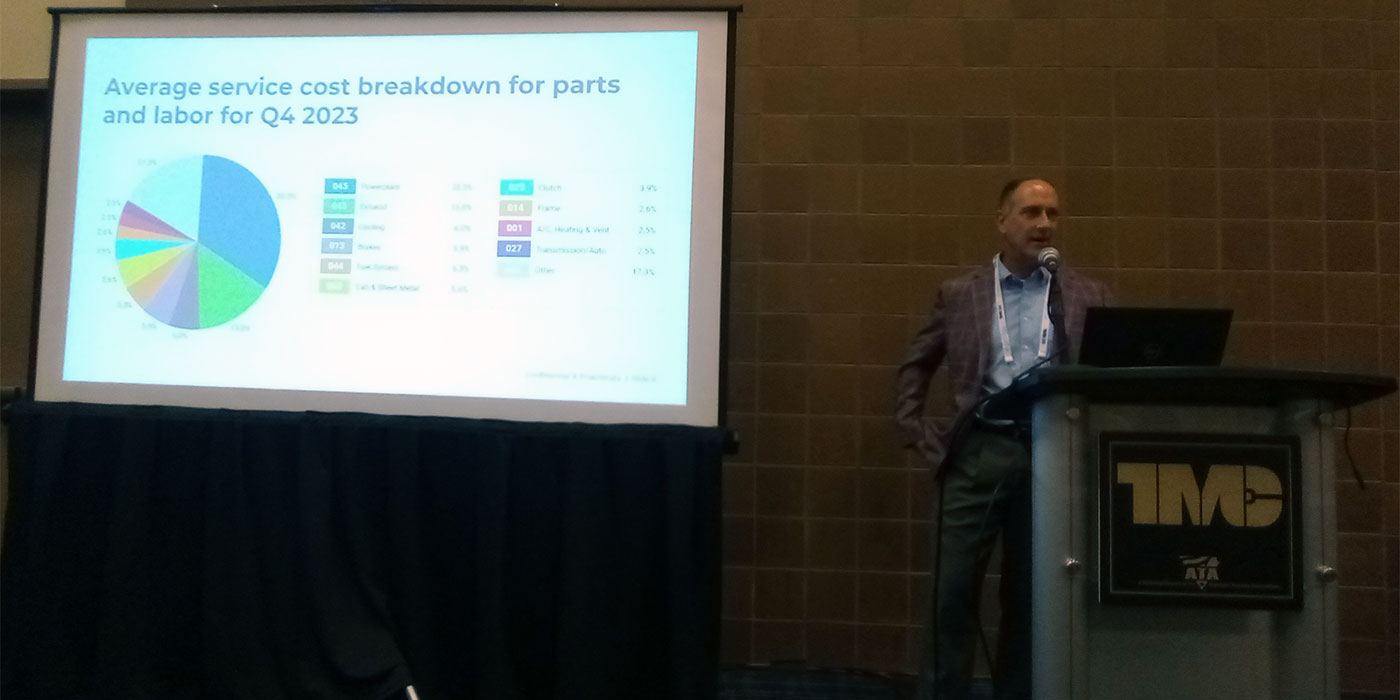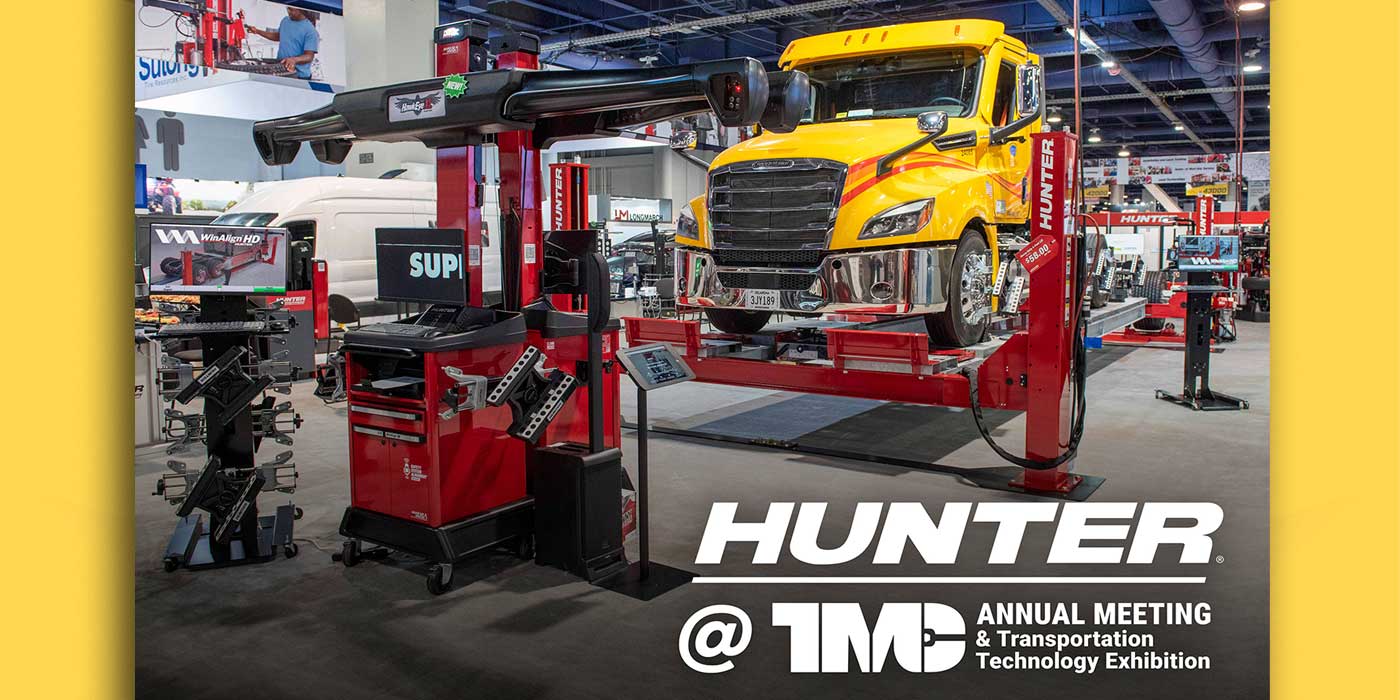“It’s very simple,” says Darry Stuart, president and chief executive officer of DWS Fleet Management Services. “You could take care of a lot of aftertreatment problems by paying more attention to electrical systems. Today’s vehicle electrical systems drive aftertreatment electronics and sensors. They carry signals in milliamps so even a change in voltage can create an issue that impacts things like Diesel Particulate Filter regeneration cycles.
“The electrical system is the bloodline of the vehicle,” Stuart continues. “Especially with multiplexing, and coupled with the use of a multitude of electronic sensors, making sure the performance of batteries and grounds are correct ensures aftertreatment and other electronics driven systems can rely on having the proper amount of power at all times.”
“With all the electronics on vehicles it’s easy to misdiagnose faults that indicate a bad aftertreatment system or component, when the real issue is inadequate power,” says Larry Rambeaux, sales manager at Purkey’s. “In those cases, something as simple as corrosion in connections can lead to replacing expensive parts but not fixing the problem.
“Every fleet needs to goes back to basics for preventive maintenance on electrical system components,” Rambeaux notes. “Technicians need basic skills training in inspection procedures and troubleshooting, and the proper tools like a multi-meter with a voltage drop function for basic continuity testing and voltage readings.”
Battery testing and inspection are very important, Rambeaux adds. “If the batteries are not connected correctly and kept in a good state of charge, nothing electrical will work properly. Keeping them clean is the only way to get adequate power to aftertreatment and other systems.”
Darry Stuart agrees that battery maintenance is a basic principle that is most important, but adds that many fleets only look at batteries when there’s a problem. At each PM interval, he recommends these procedures:
- Completely clean batteries and battery boxes;
- Remove and clean all cable ends and replace all bad ends;
- Load test each battery on the lead portion of studs or install lead cones;
- Replace batteries that do not hold a 9.5-volt load (approximately 300 amps for 15 seconds – maximum loss of 3 volts); and
- Check for chafed cables and hold downs.




Battery manufacturers all issue extensive recommended maintenance procedures for their products.
Scott Miller, North America sales manager for Clarios (formerly Johnson Controls Power Solutions), provides tips on how to prolong the life of batteries:
“Several factors can affect battery life and reliability,” he says. “Those include vibration from batteries not being properly held down, and heat that can accelerate chemical breakdown.
Non-use can also impact batteries, Miller adds. “Batteries that sit will sulfate so they need to be charged at regular intervals,” he says. “Batteries should also be tested at least once a year, and cables and connections should be inspected.”
Leading causes of battery failure, according to Exide, include excessive heat that can damage the battery and cause premature failure due to gassing that leads to electrolyte loss, plate shedding, grid corrosion and internal shorts. Vibration can cause battery failure through shorts, breaking of internal welds and case damage. In addition, sulfation occurs when a battery is left unused in a discharged state for an extended period of time. In that case, electrical current is unable to break down the crystals on the plates and the battery cannot be charged.
Charging or maintaining batteries at a healthy state of charge helps improve battery life by eliminating plate sulfation and the potential for electrolyte to freeze. During downtime periods, Exide advises disconnecting negative (ground) cables from battery packs to remove the possibility of parasitic drain. For extended downtime, batteries can be removed, charged and stored indoors because deep discharges can cause permanent plate damage and irreversible material loss especially if allowed to remain in this condition.
Interstate Batteries’ Engineering and Technical Services Supervisor Jeff Barron notes that all it takes is a little bit of corrosion within the terminals to keep a good battery from turning over the engine. “Cleaning the corrosion will need to be done by disconnecting all of the cables and either using a spray corrosion neutralizer or a baking soda and water combination on the terminals and cable ends to neutralize acid,” he advises.

“After the neutralization process, rinse with distilled or deionized water and then completely dry everything before reconnecting the cables,” Barron continues. “When everything has been reconnected and torqued to specifications, spray terminal protectant to keep the corrosion from coming back.
“Charge batteries slowly to keep them in the best condition,” Barron adds, “because high heat can accelerate internal corrosion and cause water loss during this process. Some battery chargers are designed with a desulfation mode that has a higher voltage setting and will burn off sulfates that are beginning to accumulate on the plates. This will create a little heat in the battery, but that is not a problem as most are on a timed regulation to help prevent high heat.”
Knowing proper servicing procedures can help prevent battery issues that can result in unplanned downtime and lost revenue, notes Alan Kohler, transportation and specialty marketing manager, and Bruce Essig, Odyssey national program manager for transportation and specialty at EnerSys. Among their recommendations are the following:
Fleets should prevent batteries from becoming extremely deeply discharged—dropping to less than ten volts—due to extended storage. Also, trying to start trucks with a low state of battery charge or weak capacity batteries can cause high amperages and low voltages. This can overheat the starter and can damage battery cables.
When a truck comes in for periodic maintenance, technicians should test each battery, looking for consistent test values or to see a reduction in previous performance. This can help to spot a potential problem battery before it can cause a no-start condition on the road.
The best and most effective defense against high cycling with deep discharging is to keep the batteries at full charge by incorporating large amperage alternators or by boost charging batteries during vehicle maintenance procedures. When boost charging, measure the rested voltage value of each individual battery to look for inconsistency between each battery and to help identify any battery that might be failing.














